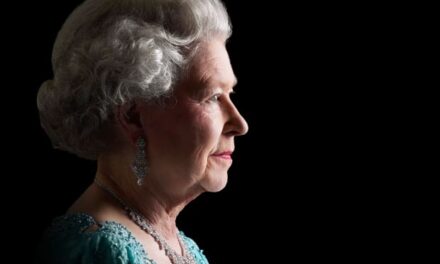The US State of Hawaii could potentially virtually ban the use of cigarettes for a broad number of the population after a proposed bill that sets the smoking age limit to 100. The bill may cause an adverse reaction from tobacco manufacturers once it passes through the state legislature and turns into state law.
Democrat and state representative Richard Creagan offered a new bill that would potentially increase the smoking age between 2020 and 2024. Among the smoking products that are not part of the new bill are cigars, E-cigarettes, and chewing tobacco. Before he was elected as Hawaii’s state representative in 2014, Congressman Creagan was a former emergency room physician. He has a statement on the proposed bill that says that cigarettes are “the deadliest artifact in human history.”
Hawaii raises its smoking age limit to 21, making it the first state of America to do so in January 2018. The typical legal age for smoking in other American states is either 18 or 19. House Bill 1509 indicates how the age restriction would rise to 100 in the coming years: legal smoking age to 30 by 2020, 40 by 2021, 50 by 2022, 60 by 2023, and 100 by 2024. By that time, people in Hawaii would end up waiting for their 100th birthday before smoking a cigarette. Congressman Creagan also argued before the Hawaii Tribune-Herald that the “ridiculously bad industry” had formulated cigarettes to be “highly addictive” despite its detrimental effects on health.
Dr. Creagan believes that E-cigarettes and cigars are considerably safer or less risky for smokers than cigarettes thus, not including these in the bill. The National Cancer Institute argues that tobacco products are detrimental and is a cause of cancer. Its website further adds that both cigarette smokers and cigar smokers similarly face the same degree of risk “for oral cavity and esophageal cancers.”
Half a million Americans suffer from health issues related to smoking every year. Cigarette smoking is the primary cause of death in the country, according to the Center for Disease Control and Prevention.















